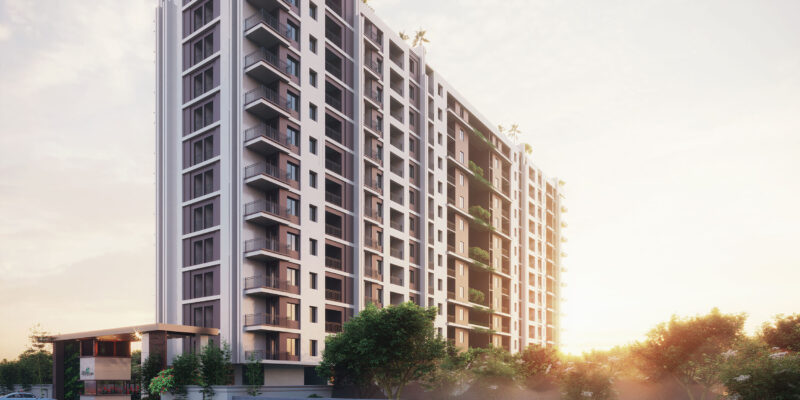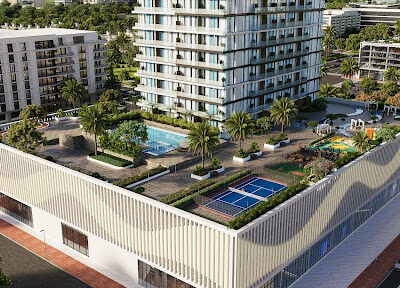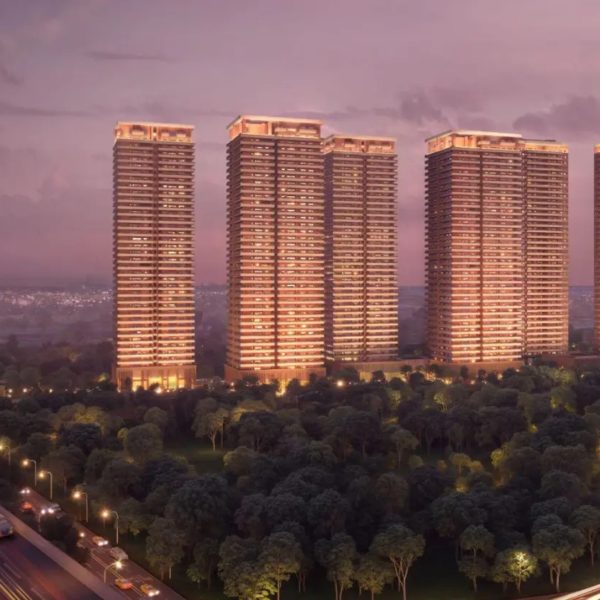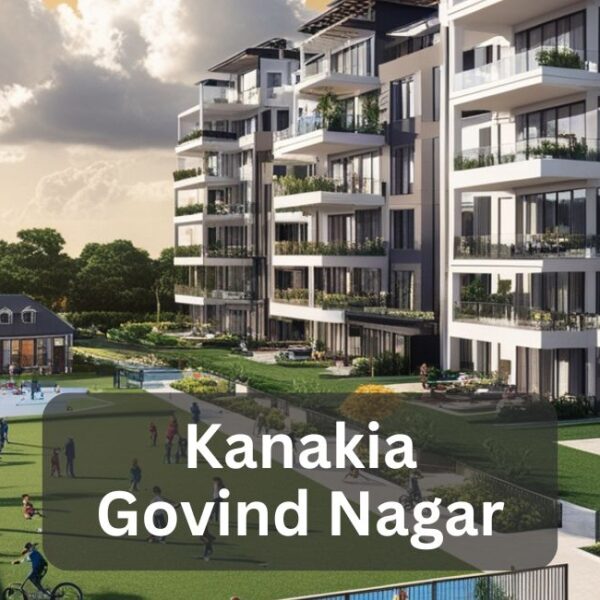
In today’s architectural landscape, 3D exterior rendering services have become an indispensable tool for visualizing architectural designs. These services offer a realistic depiction of buildings, allowing architects and clients to explore designs in detail before construction begins. However, one aspect that often sets a great rendering apart from a good one is the integration of landscapes. In this article, we delve into the importance of landscape integration in 3D rendering and explore techniques, benefits, challenges, and future trends in this field.
Introduction to 3D Exterior Rendering Services
What is 3D exterior rendering?
3D exterior rendering is the process of creating photorealistic images or animations of exterior architectural designs using computer software. It allows architects, designers, and clients to visualize how a building will look in its intended environment before construction begins.
Importance in architectural visualization.
In architectural visualization, 3D exterior rendering services play a crucial role in communicating design concepts to clients, stakeholders, and regulatory bodies. It enables stakeholders to visualize the final product accurately, leading to better-informed decision-making and reduced design errors.
Understanding Landscape Integration
Importance of landscapes in architectural design.
Landscapes play a vital role in enhancing the aesthetic appeal and functionality of architectural designs. They provide context, improve environmental sustainability, and create pleasant outdoor spaces for occupants.
Challenges in integrating landscapes into 3D rendering.
Despite the importance of landscapes, integrating them into 3D rendering poses several challenges. These include achieving realistic terrain modeling, accurately representing vegetation, and simulating natural lighting conditions.
Benefits of Integrating Landscapes
Enhanced realism and visual appeal.
Integrating landscapes into 3D rendering adds depth, texture, and realism to architectural visuals. It creates a sense of place and helps viewers connect with the design on a deeper level.
Improved client understanding and satisfaction.
Including landscapes in renderings helps clients visualize the final outcome more accurately. It enables them to provide feedback early in the design process, leading to greater satisfaction with the final result.
Techniques for Landscape Integration
Software tools for landscape modeling.
Various software tools, such as Autodesk Maya, Blender, and SketchUp, offer powerful features for modeling landscapes in 3D rendering. These tools allow designers to create realistic terrain, vegetation, and water features.
Texturing and lighting considerations.
Effective landscape integration requires attention to detail in texturing and lighting. Textures should be carefully chosen to mimic natural materials, while lighting should accurately simulate the sun’s position and intensity.
Case Studies: Successful Landscape Integration
Examples of projects with seamlessly integrated landscapes.
Several architectural projects serve as excellent examples of successful landscape integration in 3D rendering. From urban parks to residential developments, these projects demonstrate the transformative impact of well-designed landscapes on architectural visuals.
Client Communication and Collaboration
Importance of client input in landscape design.
Client input is essential in landscape design, as it ensures that the final result meets their needs and preferences. Collaborating closely with clients allows designers to incorporate their vision into the rendering effectively.
Collaborative approach for optimal results.
A collaborative approach involving architects, landscape designers, and clients leads to the best outcomes in landscape integration. Regular communication and feedback sessions help align expectations and ensure that the final rendering meets all stakeholders’ requirements.
Environmental Considerations
Sustainable landscaping practices.
Incorporating sustainable landscaping practices into 3D rendering promotes environmental stewardship and reduces the project’s ecological footprint. Features such as green roofs, rain gardens, and native plantings enhance biodiversity and mitigate environmental impact.
Read More: Revamp Your Outdoor : A Guide Stylish and Functional Garden Furniture:
Impact on the surrounding environment.
Landscape integration in 3D rendering allows designers to assess the project’s impact on the surrounding environment accurately. By simulating vegetation, water bodies, and topography, designers can anticipate potential environmental challenges and devise mitigation strategies.
Challenges and Solutions
Common challenges in landscape integration.
Common challenges in landscape integration include balancing realism with performance, optimizing workflow efficiency, and managing project timelines and budgets.
Strategies to overcome them.
To overcome these challenges, designers can employ strategies such as leveraging advanced software features, streamlining collaboration processes, and investing in training and professional development.
Future Trends in Landscape Integration
Advancements in technology.
Advancements in technology, such as real-time rendering engines and virtual reality (VR) tools, are poised to revolutionize landscape integration in 3D rendering. These technologies offer greater flexibility, interactivity, and immersion, allowing designers to create more compelling visual experiences.
Emerging design philosophies.
Emerging design philosophies, such as biophilic design and regenerative landscaping, are driving innovation in landscape integration. These approaches prioritize the connection between humans and nature, resulting in designs that are not only visually stunning but also environmentally sustainable and socially beneficial.
Conclusion
Landscape integration plays a crucial role in enhancing the realism, visual appeal, and environmental sustainability of 3D exterior rendering services. By understanding the importance of landscapes, employing effective techniques, and embracing future trends, designers can create renderings that captivate clients, stakeholders, and audiences alike.
FAQs
What is the significance of landscape integration in 3D rendering?
– Landscape integration adds depth, realism, and context to architectural visuals, enhancing their overall appeal and communicative power.
How can designers overcome challenges in landscape integration?
– Designers can overcome challenges by leveraging advanced software tools, collaborating closely with clients, and staying abreast of emerging technologies and design philosophies.
What role do clients play in landscape design?
– Clients play a crucial role in providing input and feedback during the landscape design process, ensuring that the final result meets their needs and preferences.
What are some sustainable landscaping practices?
– Sustainable landscaping practices include using native plants, implementing water-efficient irrigation systems, and incorporating permeable paving materials.
What are the future trends in landscape integration?
– Future trends include advancements in real-time rendering technology, the adoption of virtual reality tools, and a growing emphasis on biophilic design and regenerative landscaping.











